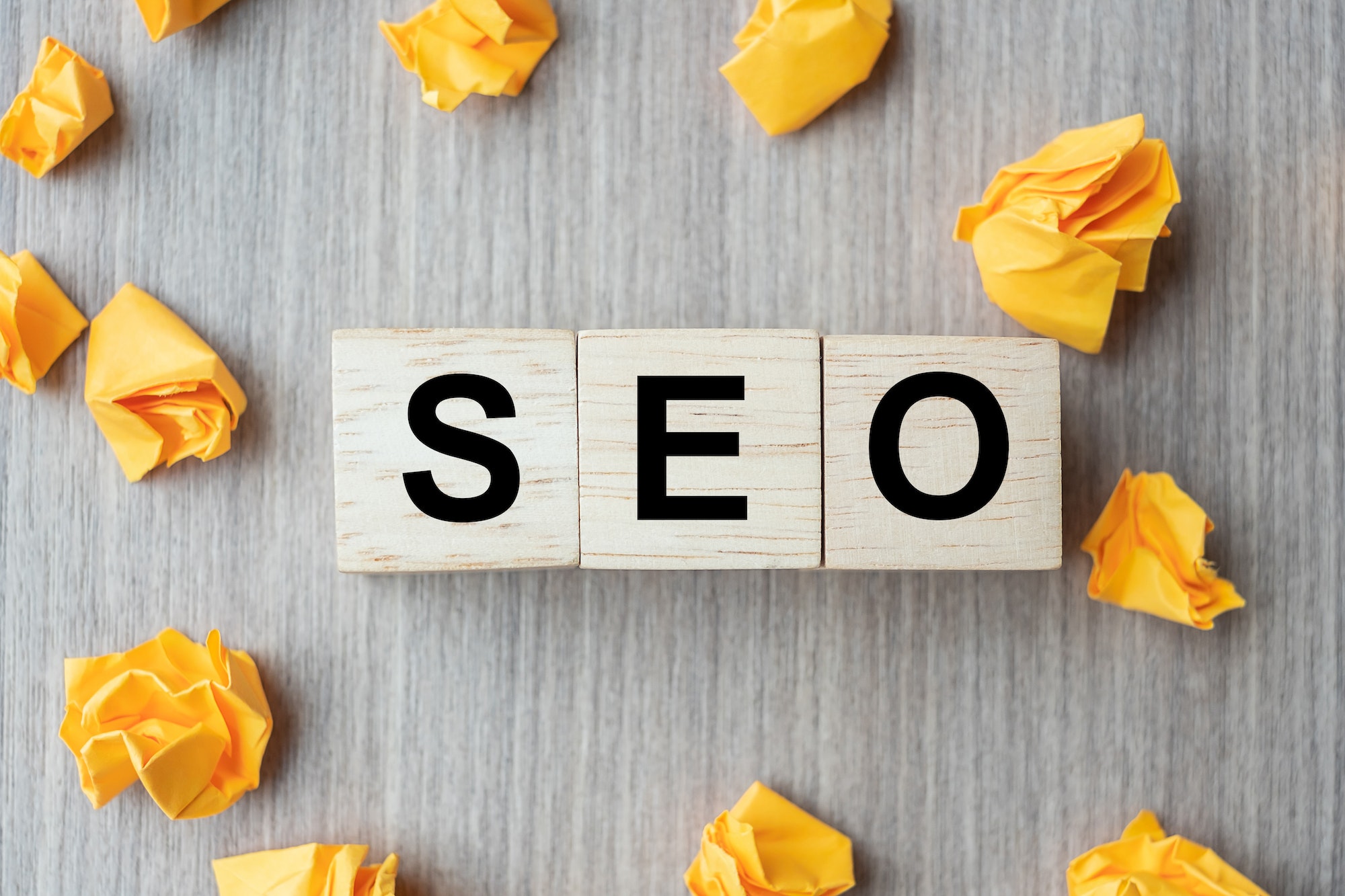Introduction
For many small businesses, the internet is the first place they go to market their products or services. It’s also a great way for them to find clients and customers. But how do you make sure that your business will come up at the top of search engine results? Local SEO is one way to ensure that your business has a strong online presence and shows up on Google searches in your area.
How Does Local SEO Work?
Local SEO is the process of optimizing your website to rank well in local search results. It’s done by combining on-page and off-page optimization together that helps you get more traffic from people who are searching for businesses like yours.
Local SEO isn’t just about getting more visits from Google—it’s about getting more clients too!
How Do I Start With Local SEO?
In this section, we’ll go over how to get started with local SEO. Let’s start with the basics: what is local search? Local search simply means that people are looking for businesses or services in their immediate area. For example, if someone living in McKinney, TX searches for “hair salon,” they’ll want the results that are closest to them physically, not necessarily just geographically speaking (i.e., across state lines). More generally speaking, local SEO helps your business rank higher on Google when keywords relevant to your industry or business type are searched by users who live near you and/or intend to visit your physical location soon.
Local SEO can be broken down into three main categories: on-page optimization; off-page optimization; and link building (building backlinks).
Vital Local Ranking Factors You Need to Know
Google My Business. This is a must-do for any local business, and it’s easy to do. It can help you improve your rankings in the search engines for all of your keywords, not just the ones related to location.
Use geo-targeted keywords in your content, both on the page and in meta descriptions and URLs. For example: “McKinney SEO Expert” vs “SEO Expert”
Develop links from other sites that have higher trust signals (this means they have more authority). For example: getting a link from The New York Times rather than Buzzfeed will give you more weight with Google as far as ranking goes because people trust The Times more than Buzzfeed (in general)
Google My Business
The first step to take is to create a listing on Google My Business and Bing Places.
Google My Business is a free tool that allows you to create a business listing on Google, which helps potential customers find you more easily. If someone searches for services in your area and clicks on “more details” after clicking through from your website or landing page, they will see this information about your company.
Bing Places also allows users to search for local businesses by name or category such as restaurants or grocery stores, so it’s important to be listed there too!
Citations
Citations are a type of listing that references your business name, address and phone number. Citations are used by search engines to help people find you.
There are a few ways you can get citations:
Find and claim local listings on Google, Facebook and Bing. These sites allow you to claim or verify your existing listings so they’re connected with your business page on their platform.
Use Moz Local’s Citations Audit Tool to identify opportunities where citations may be missing or incorrect across the top local directories (Yelp, Foursquare). This gives you an idea of how many citations need updating before you start claiming them in bulk.
Create new local directories directly from Moz Local’s directory management tool (by adding websites like Yelp) which then automatically capture citations for free!
Reviews
You can’t be successful without them. Reviews are essential to local SEO and they’re critical for your business. But how do you get reviews?
First of all, ask for them! Let your customers know that you’d appreciate an honest review on Google or Yelp and encourage them to leave a review on Facebook as well.
If you have a few reviews already, congratulations! Make sure that these are positive ones by responding publicly with positive comments about their experience with your business (or privately if there’s something negative). This shows other potential customers that others enjoy working with you and gives potential clients more confidence in working with whoever wrote these glowing recommendations about their services: yours!

On-Page Signals
On-page signals are the ones that happen on your website. These are the most important indicators of quality, and they’re what search engines use to determine if your site is relevant to any given search query.
On-Page Signals:
Title tags
Meta descriptions
URLs
Page load speed
Graphic design (color scheme, fonts)
On-Page factors can be broken down into two categories: technical SEO and content optimization. Technical SEO involves making sure that your website’s code is properly structured so that it can load quickly (a huge factor), while content optimization means creating high-quality, useful content for users as well as search engines.
Proximity and Distance
Proximity is one of the most important factors in local SEO. It’s not just about the distance between your business and a user, but also between your business and its actual ranking location, as well as between that landing page and the search query.
For example: If you live in Frisco, TX and someone searches for “lawyer” on Google Maps or Google Local Search, they will see listings of lawyers closest to them first—even if you have a great website with tons of relevant content. In this case, proximity means that your listing is closer than other lawyers who are farther away from them (and therefore less likely to show up).
Proximity matters because it tells Google how relevant you are for any given search query. If a user searches for “best restaurants near me” and their results include only restaurants within walking distance from their home or office building—which is probably true for many users around the world—then those results will be more useful than ones including every possible restaurant regardless of distance from where they actually live or work.
Link Signals
Link signals are generated when other websites link to your website. These are one of the most important factors in local SEO, and they can come from a variety of sources:
Direct links from high-quality, authoritative websites that are relevant to your business. This is likely to be the most valuable type of link signal you can get.
Links from directories or industry-specific sites (like marketplaces).
Links found naturally through keywords on relevant pages throughout the web. These aren’t as high quality as direct links but still contribute to your overall authority and trustworthiness as an online business.
User Experience (UX) signals
User experience (UX) signals are important to local SEO because they’re a reflection of how well a business is meeting the needs of its customers. In other words, they offer an indicator of whether or not your website is providing users with an experience that aligns with their intentions.
One of the primary UX signals that local search engines look at when determining what ranking factor to give you is bounce rate. The bounce rate refers to the percentage of people who enter your site but don’t stay long enough to view more than one page before leaving (or “bouncing”). If you have a lot of traffic coming in from Google and other search engines but very little engagement on those visits—meaning that people are arriving at your site but never sticking around long enough for their queries to be answered—your bounce rate will likely be high.
Engagement Signals (Click-Through Rates)
Local search engines use engagement signals to determine the relevance of your listing. One way they do so is by measuring the click-through rate (CTR) of your business listing. This means that if you have a higher CTR, it signals to local search engines that you are more relevant in the area.
Another way local search engines measure engagement is through how many people visit your website from a business listing. For example, if someone clicks on one of my phone numbers in Bing Local and then goes onto visit my website afterwards—that’s considered engagement!
Conclusion
Don’t get overwhelmed by all of the local SEO best practices out there. Instead, focus on implementing one or two at a time. That way, you can measure their effectiveness on your business and make sure that you’re making progress towards reaching your goals in this area.








